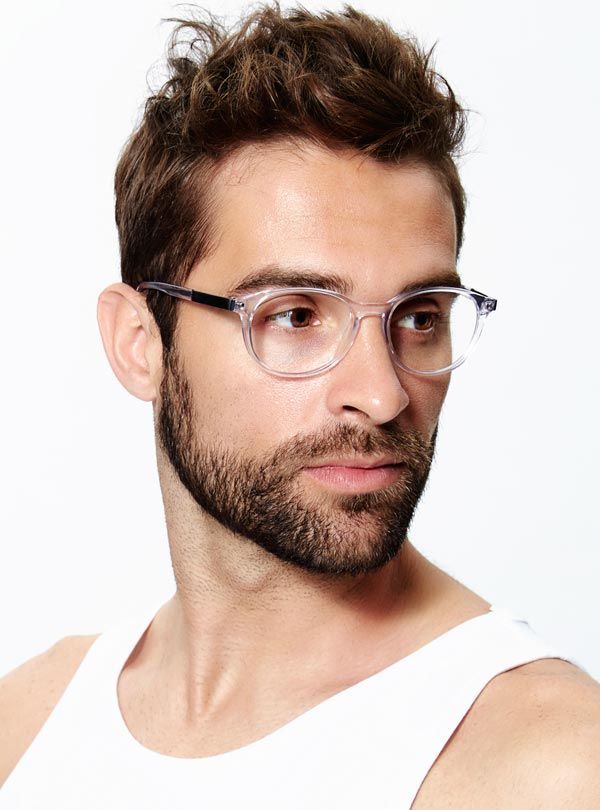Facelift
Face Prodecure
A facelift (rhytidectomy) is a surgical procedure that can be used to achieve long-term rejuvenation of the face, when the signs of ageing and the effects of gravity have given a tired and aged look. Concern such as: lines and wrinkles, sagging skin and volume loss often appear from the age of 40+, due to the loss of collagen and the weakening of the skin. Creating a more youthful and radiant appearance not only helps to achieve a fresher appearance, it can restore lost confidence too. A facelift is often combined with other procedures, both surgical and non-surgical. Speak to us about what combinations can work for you.
Nav offers the deep-plane face lift, where suitable, and often combines it with blepharoplasty, brow-lift, neck-lifting, lip-lift and rhinoplasty. All can be done under the same general anaesthesia to reduce down-time.
Treatment Time
Sport & Exercise
Reasons for Doing This
Reasons to Avoid
Downtime
Maintenance
A deep-plane facelift usually takes around 3 - 4 hours. We use a general anaesthetic and you can usually go home on the same day. We do not usually use drains.
You will need a few days of serious rest to start with. The procedure may require you to take up to 2 to 3 weeks off work.
In many cases only 1 procedure is required for long-term results. However, natural ageing will continue so you may want to review your appearance in some years to come.
To create a more youthful and refreshed appearance.
Sports and exercise may need to be avoided for approx. 6 weeks.
If you have any doubts. Our team of experts will provide support and guidance all the way through your treatment journey; using the consultation to determine your suitability and your certainty.
What to expect on the day
REAL plastic surgery can approach a facelift in a number of ways, depending on your concerns and your expected outcome. We typically make incisions either behind the ears, or at various points around the hairline.
In some cases we also make an incision beneath the chin, if the jawline is also to be addressed. This allows us to separate the skin from the underlying tissues, so they can be repositioned, muscles can be tightened and any excess fat can be removed. The skin is pulled tight before any excess is trimmed away and the incisions are closed. Dressings will be applied where necessary and a compression garment may need to be worn to help the skin and tissues settle, as well as to reduce any swelling.
Showering after a facelift
It is important to keep the face dry for around 1 week after the surgery, when you can shower. This will allow for the wounds to heal sufficiently, and any dressings can be removed. You will need to be careful when showering, ensuring that warm water is used, no powerful jets and gentle motions are used.
Follow up and aftercare
Your dressings may be removed in a few days, and you will have a course of pain relief recommended to you before you leave the clinic. We usually arrange follow up appointments 1 week, 6 weeks and 3 months after surgery to monitor your healing and recovery. You should be careful to avoid strenuous activities for around 2 – 4 weeks and only resume certain activities when it is comfortable to do so.

Frequently Asked Questions
-
Are there any side effects and risks?
Your face will look swollen and bruised for around 2 weeks, and it is normal to experience some temporary numbness. Other risks include: nausea, infection, bleeding and haematoma, but these complications are less frequent. The procedure will incur some scarring but we ensure that the placing of incisions is with discretion in mind, and when they have faded they will probably go unnoticed.
-
When will I see results?
It typically takes around 6 weeks to notice the results, when all swelling and bruising has subsided. Taking into account the fading of scars, the final outcome may develop after 12 months.
-
Are the results permanent?
A facelift can provide a long term solution that reverses the signs of ageing. However, the ageing process will continue to take place and over some time, the face may start to develop lines, wrinkles and sagging skin. A repeat procedure won’t be required for some time, but other rejuvenating procedures can be explored.





